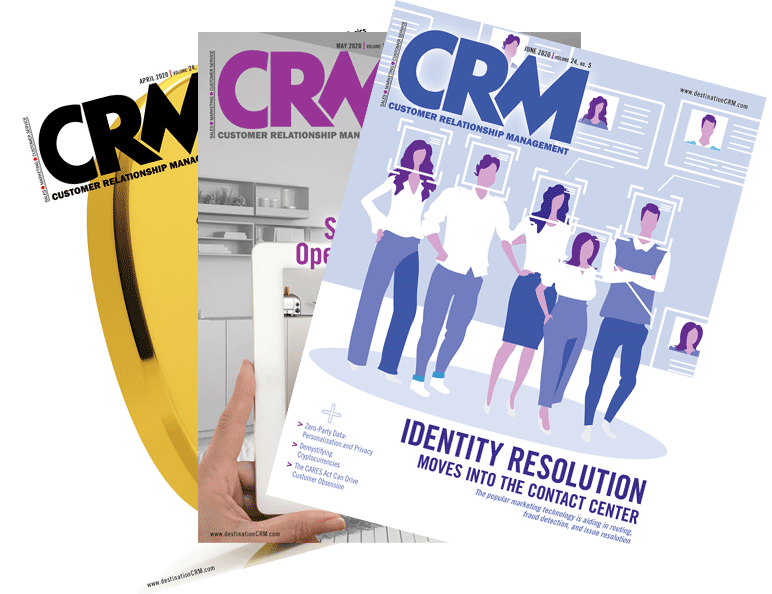As Online Shopping Increases, Demand for Fast, Effortless Service Intensifies
Today’s consumers are shopping online more now but find the overall service experience inadequate, management consulting firm The Northridge Group noted in its “State of Customer Service Experience 2020” report.
As a result of COVID-19, 68 percent of consumers have increased their online shopping and plan to continue doing so post-pandemic, the research found. However, consumers are also increasingly frustrated at the level of effort required to reach companies to get the help they need.
“As the number of consumers doing business online increases, so too, does the need for self-service options that deliver fast and easy ways to contact brands,” said Pam Plyler, executive practice lead for customer experience and contact center management at The Northridge Group. “But with only 42 percent of consumers reporting first contact resolution, brands are clearly missing the mark.”
The study found that consumers work too hard to resolve their issues, with 73 percent experiencing long wait times to reach live agents, 69 percent reporting difficulty finding answers on company websites, and 60 percent having to repeat information over and over again. While business leaders report investing in top service improvements, like reducing wait times, only 29 percent of businesses measure customer effort.
“If you don’t measure it, you can’t improve it. Implementing the right customer service effectiveness metrics, including first contact resolution and customer effort, can increase brand loyalty, streamline processes and reduce costs,” Plyler said.
The data also showed that the stakes are high. Despite the global pandemic, consumers continue to be unforgiving when it comes to poor customer experience: 73 percent report they are likely to abandon companies after just one negative experience.
According to the survey, the phone remains consumers’ preferred contact channel, but, over the past five years, consumer preference for phone and email has declined while preference for digital channels has increased.
“As businesses invest in creating a seamless and integrated experience across channels, consumers’ preference for and use of digital channels is expected to accelerate given the impacts of COVID-19,” said Bryan Gillis, executive practice lead for quality solutions and customer analytics at The Northridge Group. “The speed and accessibility of online chat, for example, offers the ability to shift more transactional inquiries to channels that provide businesses with higher productivity and a lower cost to serve.”
The study also shed light on the discrepancy between how business leaders and consumers view investment priorities. While businesses continue to prioritize channel consistency, consumers would prefer they focus on fast and easy service, including the following:
- Increasing speed of issue resolution;
- Improving accessibility of service; and
- Developing knowledgeable service teams.
But ultimately, there’s no downside when companies prioritize customer experience, the report concluded.








